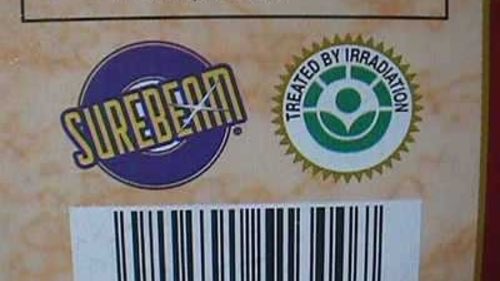But first: it’s safe, effective, flexible, and thoroughly studied.
So why is it still so niche?
fda.gov/food/buy-store…
Public, industry, regulators all needed something done.
In 2008 they issued a rule (#humblebrag: based in large part on the work of myself and my USDA-ARS colleague Xuetong Fan) that allowed for irradiation of iceberg lettuce and spinach.
But then...
But then...
Why was this an issue?
But that meant that ONLY spinach and iceberg could be irradiated. Not romaine, Boston, red or green, bib... just iceberg.
And that meant that most of the bagged salads arena was ineligible, since few salad bags are only iceberg. Most are mixed greens.
Irradiation is expensive, with high costs for startup, paperwork & labeling. Industry people said they were ready to roll it out despite this, but they need a product to sell.
Again, people seemed ready to move forward, but without a product to sell...

And yet...
1) familiarity
2) price
If people get just little bit of good info, it tends to offset the bad info. And if it doesn’t cost more, they’ll buy it.



